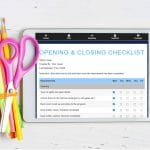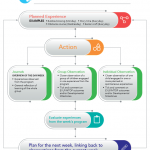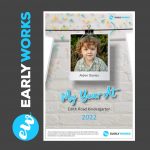One Program, so many different learning opportunities
In my view, one of the things that make working in early years education and care such a delight is the broad range of abilities, interests, stages of development, personalities, and cultures in each group of children we work with. At the same time, one of the things that makes working in early years education and care such a challenge, is the broad range of abilities, interests, stages of development, personalities, and cultures in each group of children we work with.
So, although we would never want to have a group of children who were all clones of each other, it can sometimes be a challenge catering for the needs of every child in every group at the same time.
Well, the good news is, with EarlyWorks it is possible to create one program that does cater for every child’s needs.
When you add experiences or activities to your program in EarlyWorks, there is no limit to the detail you include in the narrative (description of the experience/activity). And you can link to as many different outcomes as are needed to cater for all of the individual differences. So, if you were planning a painting experience, you can document the different learning opportunities that will be offered. This will make clear how every child’s learning, development, and interests are accommodated.
You might use painting to:
- Work towards a pre-writing goal, encouraging the child to swish the brush from left to right, around and around.
- Provide dressing practice: pulling the paint smock over their heads, looking for the pocket that goes at the front, putting arms through the arm holes.
- Provide social skills practice: painting on their own paper, waiting their turn for a colour.
- Develop fine motor skills, gripping the brush and varying the brush width for different children.
- Provide a safe outlet for emotional expression. Painting can be an effective way of releasing emotions and communicating feelings when children are unable to with verbal language.
Using EarlyWorks, educators can plan one activity for the whole group, and then just document the different learning opportunities that will be on offer.
Educators might also note any adaptations that are made to ensure the activity is accessible to all children particularly those with special needs. For example, easel height might be adjusted to accommodate a wheelchair, or using textured paper for a child with a vision impairment so they can feel when they go off the page.









